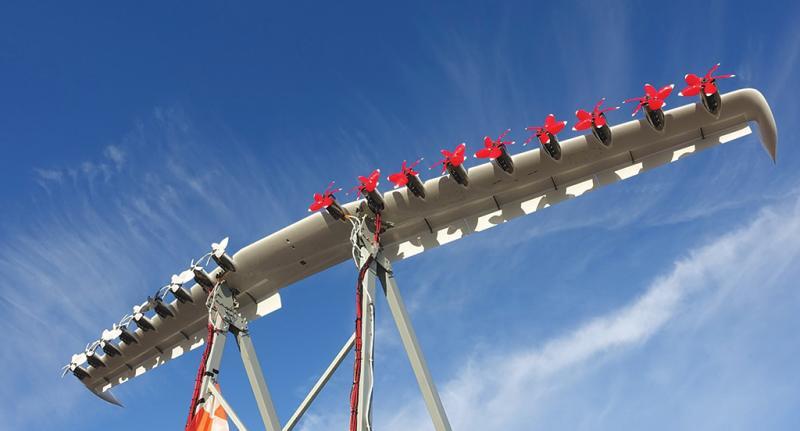
NASA in March began tests of distributed electric propulsion using a wing with 18 leading-edge propellers mounted above a truck racing along the dry lake bed at Armstrong Flight Research Center. The testbed is a precursor for NASA’s next X-plane, called Sceptor (for Scalable Convergent Electric Propulsion Technology Operations Research), which is scheduled to fly in 2017.

CFM International began flight tests of the Leap-1B engine for Boeing’s 737 MAX on April 29, on General Electric’s 747-100 flyingtestbed, following the Leap-1A for the Airbus A320neo and Leap-1C for the Comac C919 into the air. The first Leap-powered A320neo flew on May 19, the C919 rolled out on Nov. 2 and first flight of the 737 MAX is expected early in 2016.
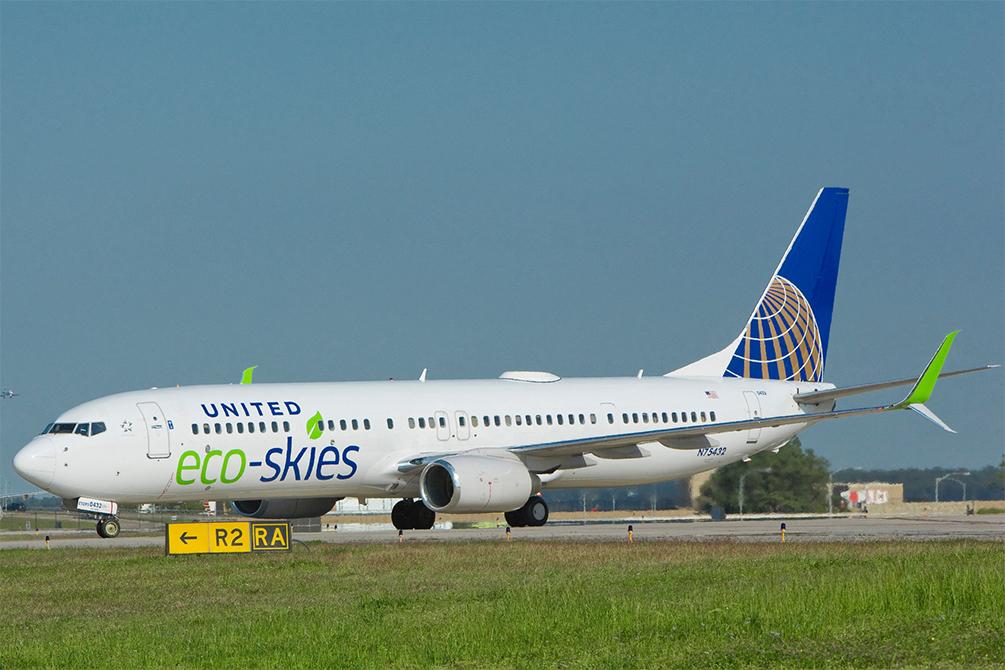
United Airlines in June bought a $30 million stake in renewable-fuels producer Fulcrum BioEnergy, the biggest single investment by a U.S. airline in alternative fuels. The deal could see the carrier buy 90 million gal. per year of jet fuel made from municipal waste. FedEx Express in July agreed to buy 3 million gal. of renewable jet fuel per year from 2017-24, produced from woody biomass by Red Rock Biofuels.
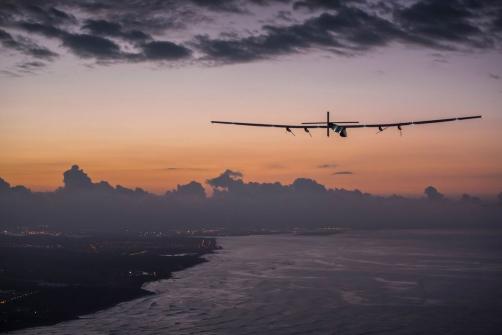
Switzerland’s Solar Impulse 2 and pilot Andre Borschberg completed the first solar-powered oceanic crossing on July 3, with a 117 hr. 52 min., 3,894-nm flight from Nagoya, Japan, to Hawaii—the eighth of 13 legs of an around-the-world attempt begun in March in Abu Dhabi. But the batteries overheated and were damaged. After repairs, SI2 is to resume the attempt in April 2016 with a flight to the U.S. West Coast.
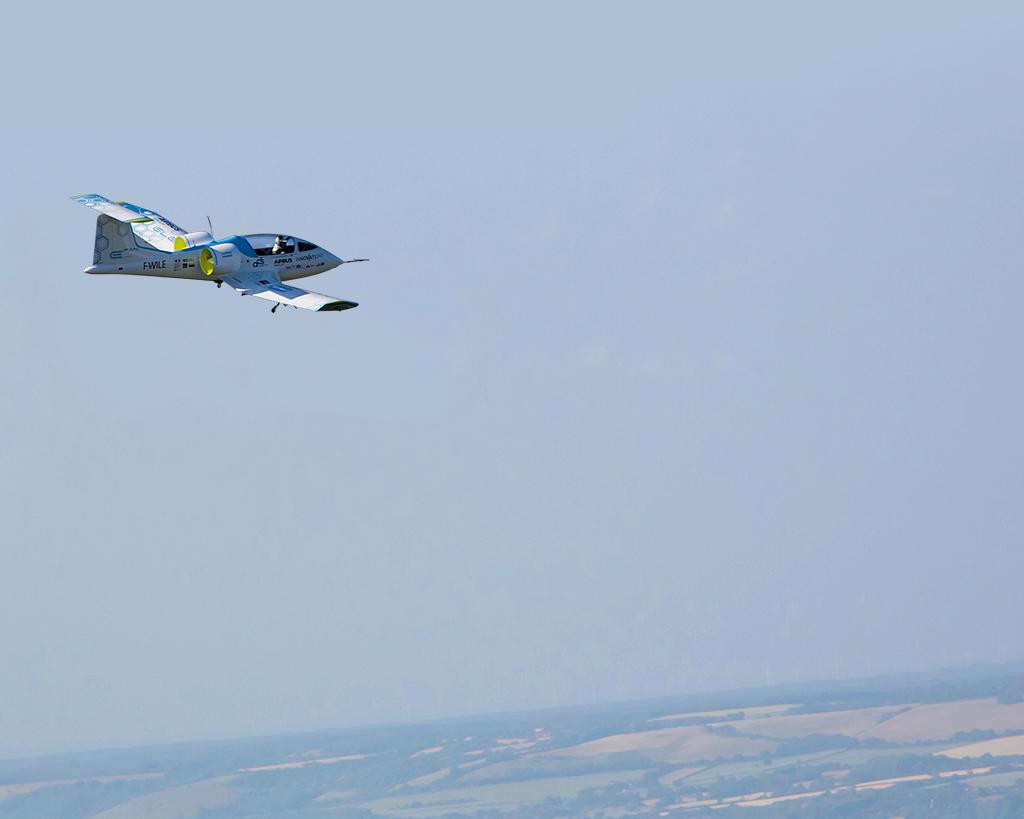
Airbus Group’s E-Fan 1.1 electric-propulsion technology demonstrator crossed the English Channel on July 10, flying from Lydd Airport in the U.K. to Calais in France. Its dual ducted fans powered by lithium-ion batteries, the E-Fan completed the flight in 38 min. French pilot Hugues Duval crossed both ways the night before, his tiny electric Cri-Cri launched from atop a Max Holste Broussard.
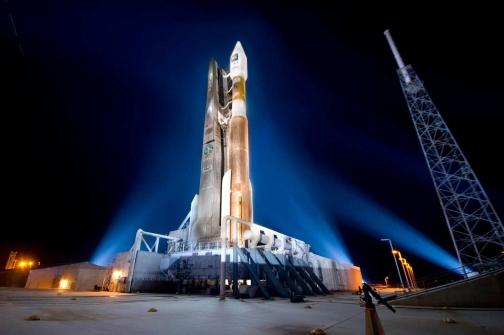
Congress has ordered the U.S. Air Force to stop using Russian RD-180 rocket engines, which power the United Launch Alliance’s (ULA) Atlas V, to launch national-security satellites by 2019. In March ULA unveiled its next-generation Vulcan launcher, to fly by 2019 powered by Blue Origin’s BE-4 engine. Aerojet Rocketdyne is developing the rival AR-1 engine, aiming to be ready to fly by 2019.

Launching the Pentagon’s largest engine competition, in units, the U.S. Army in September issued a request for proposals for the 3,000-shp-class Improved Turbine Engine Program to develop a T700 replacement and produce more than 6,000 examples to reengine UH-60 Black Hawks and AH-64 Apaches beginning in 2023. General Electric is offering the GE3000 and Honeywell/Pratt & Whitney the HPW3000.
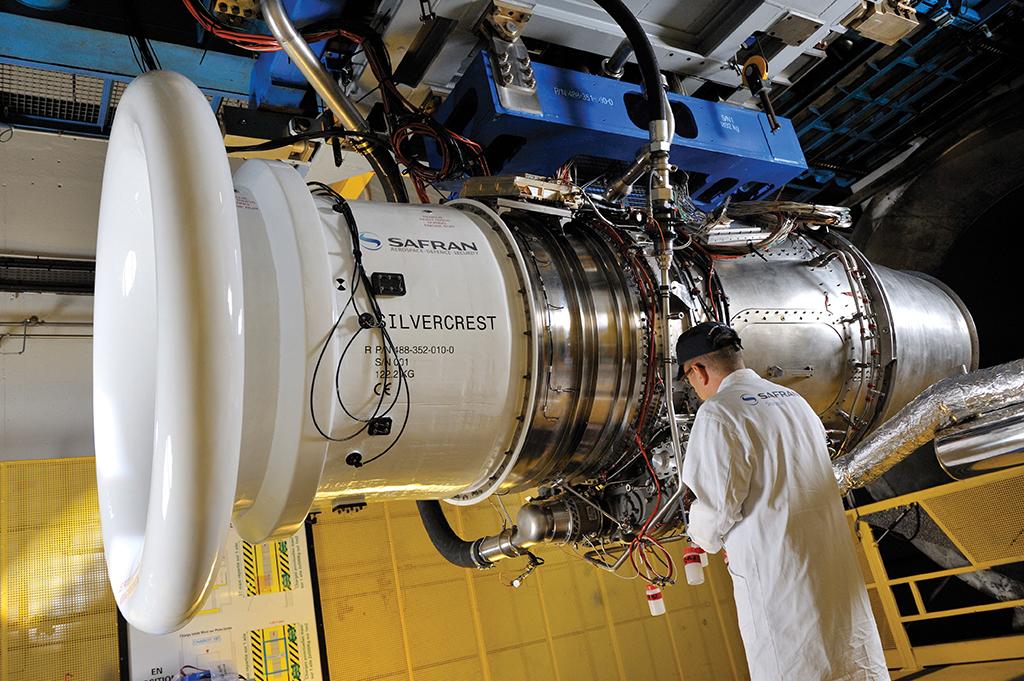
In November, Snecma acknowledged delays of 12-18 months in development of the Silvercrest engine to power Dassault’s Falcon 5X large-cabin business jet, citing first difficulties modifying a Gulfstream II into a flying testbed then engine-case distortion at high temperatures. Dassault has delayed first flight of the Falcon 5X until it gets a new schedule from Snecma.
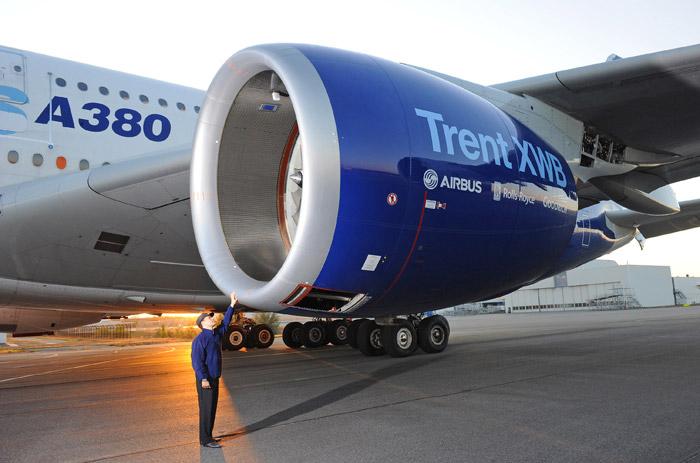
Rolls-Royce’s most powerful production engine, the 97,000-lb.-thrust Trent XWB-97 for the Airbus A350-1000, made its first flight on the aircraft manufacturer’s A380 flying testbed on Nov. 5. Engine certification is planned before the first flight of the A350-1000, which is planned for the second half of 2016, leading to service entry in 2017.
Alternative propulsion was a theme in 2015, with Solar Impulse 2 crossing the Pacific on power from the Sun, Airbus’s E-Fan crossing the English Channel on batteries, and the precursor to NASA’s next X-plane crossing the dry lake bed at Armstrong Flight Research Center perched atop a truck. But the main news was the approaching operational debuts of CFM’s Leap-1 and Pratt & Whitney’s PW1000G next-generation commercial turbofans.
